How to make natural plant feed
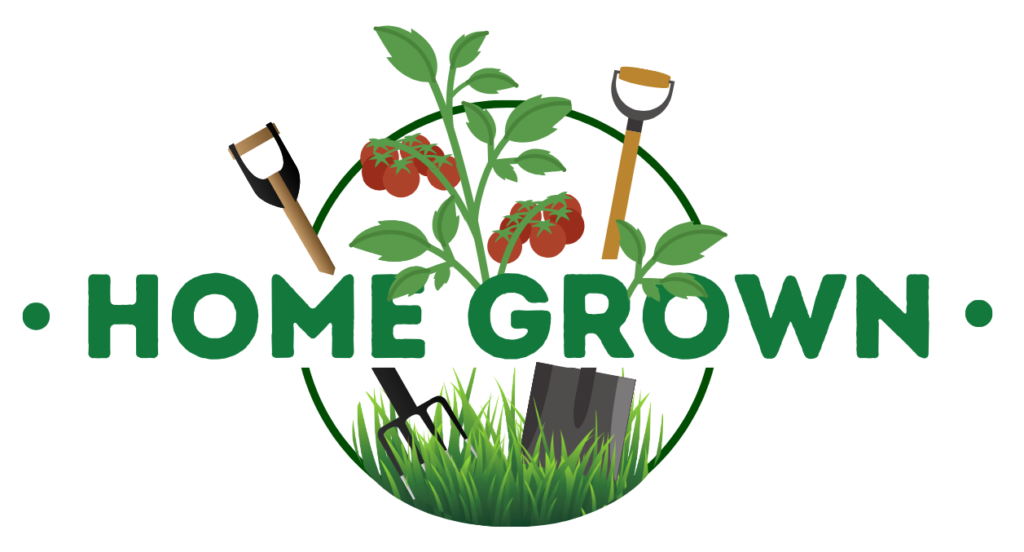
Making your own natural plant food is a simple cost-effective, and sustainable way to nourish your garden.
Liquid fertilisers provide essential nutrients such as nitrogen (for leafy growth), potassium (for fruiting), phosphorus and iron (both essential for photosynthesis) that help plants grow strong and healthy. These nutrients can be easily extracted from plants and organic waste, such as comfrey leaves, vegetable scraps or garden clippings.
By creating your own fertiliser, you reduce reliance on chemical alternatives, cut down on waste, and promote a more eco-friendly gardening practice. Homemade liquid feed is not only free but also delivers nutrients in a form that plants can absorb quickly through their roots, leading to faster, healthier growth. Making natural plant food supports both your garden and the environment, it’s easy, economical, and effective.
Items needed
- Bucket with a lid or cover
- Water (ideally from a water butt)
- Watering can
- A heavy stone or brick
- Storage container, an old plastic bottle will do or a glass jar (with a lid)
Below are a few easy recipes for homemade plant food
Comfrey plant food recipe
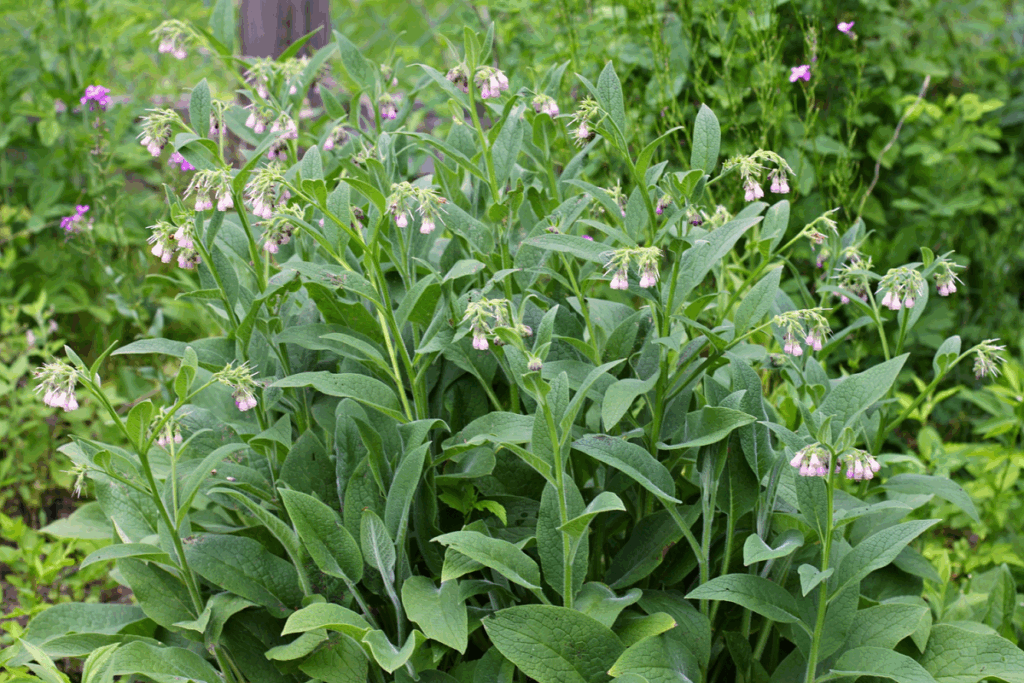
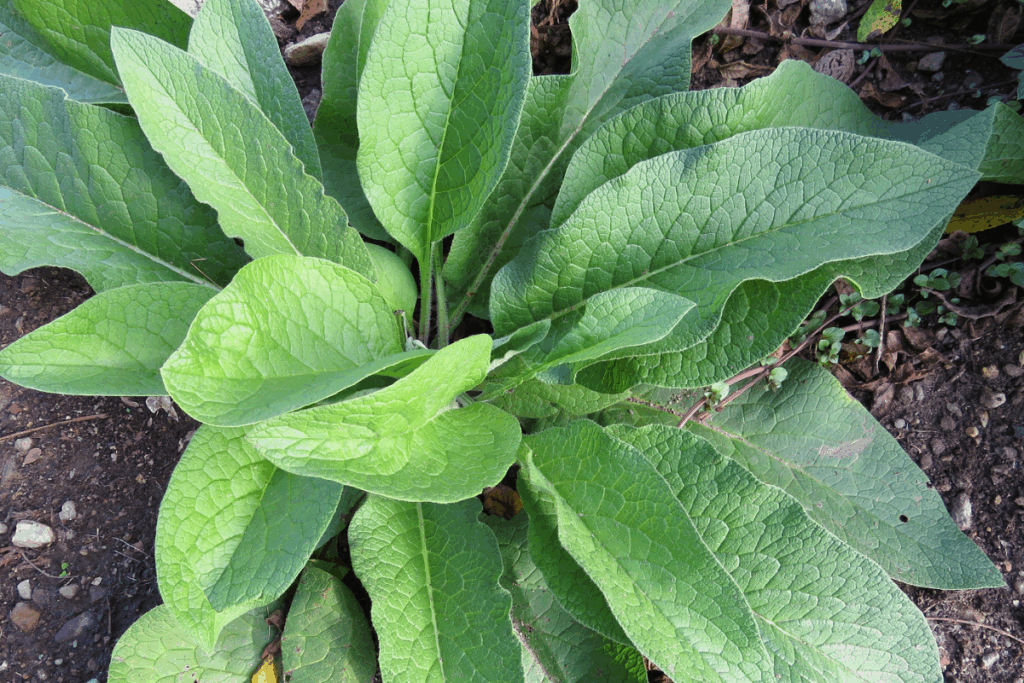
The comfrey plant develops deep roots that draw up abundant nutrients from deep into the soil that most other plants can’t reach. (You can do this with nettles as well).
- Collect the comfrey leaves from the base of established plants (wearing gloves if you need to) and remove flowers and tough stems. It’s not an exact science so pick as many as will fill half your bucket .
- Roughly rip or chop up the leaves and pack into a bucket using a brick or stone to weigh them down. Cover with water and put a lid on (mainly to stop the smell from escaping).
- Leave for about 4 weeks.
- After 4 weeks strain the liquid into your storage bottles for use. (Put the leaves onto your compost heap). It will be smelly but great for the garden!
- To use, dilute with water in a watering can until it looks like weak tea and feed it to your plants making sure to target the base avoiding the leaves.
Banana skin plant food recipe
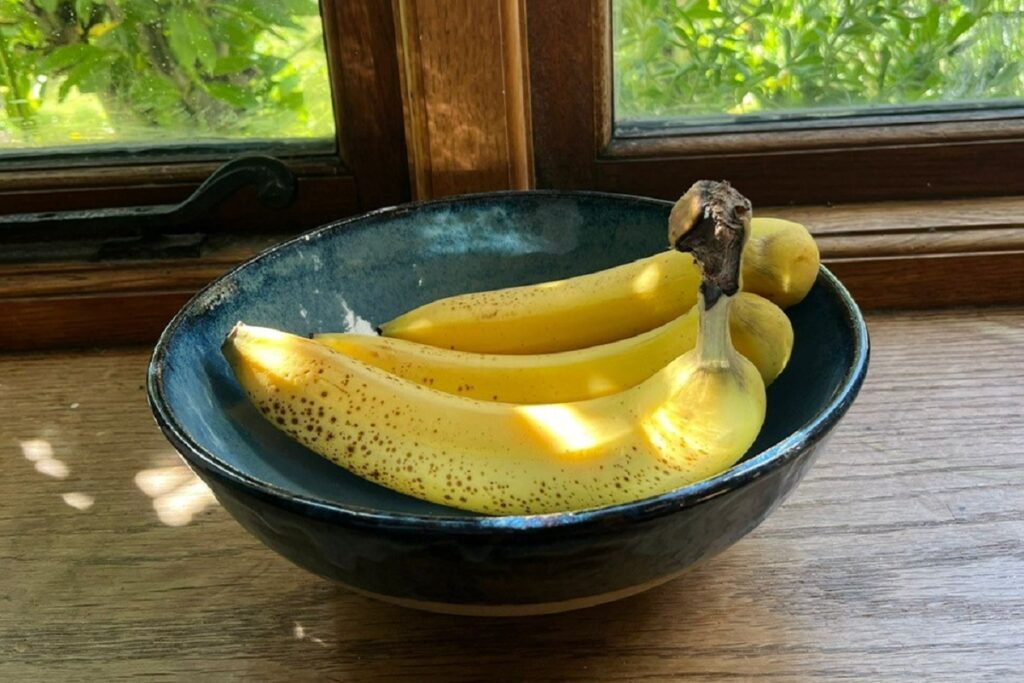
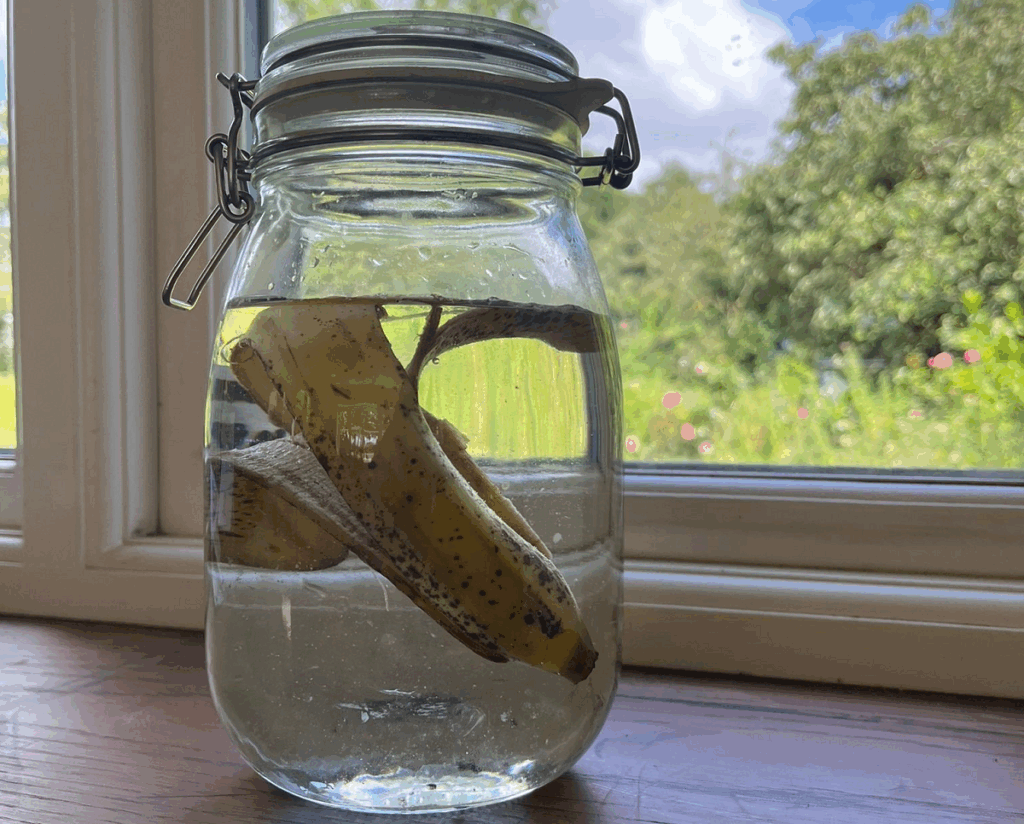
Bananas are well known for their potassium content which is often referred to as the quality nutrient as it ensures that all plant systems function smoothly and efficiently improving crop quality, yield and resilience.
It is especially beneficial for any flowering or fruiting plants like tomatoes, cucumbers, carrots, berries and roses (and it can also be made by mixing a range of kitchen scraps like eggshells, coffee grounds, tea bags and vegetable trimmings).
- Add banana skins to a glass jar til about half filled and add water to the top.
- Leave it in a place away from direct sunlight or outside if warm and let steep for about a week.
- To use, simply pour the liquid round the base of the plant (you can use it for house plants as well, they tend to be a bit more sensitive that garden plants).
- You can either throw the skins (which will have broken down and be mushy by now) onto the compost or onto the veg patch where they will continue to break down and feed the soil.
Compost tea
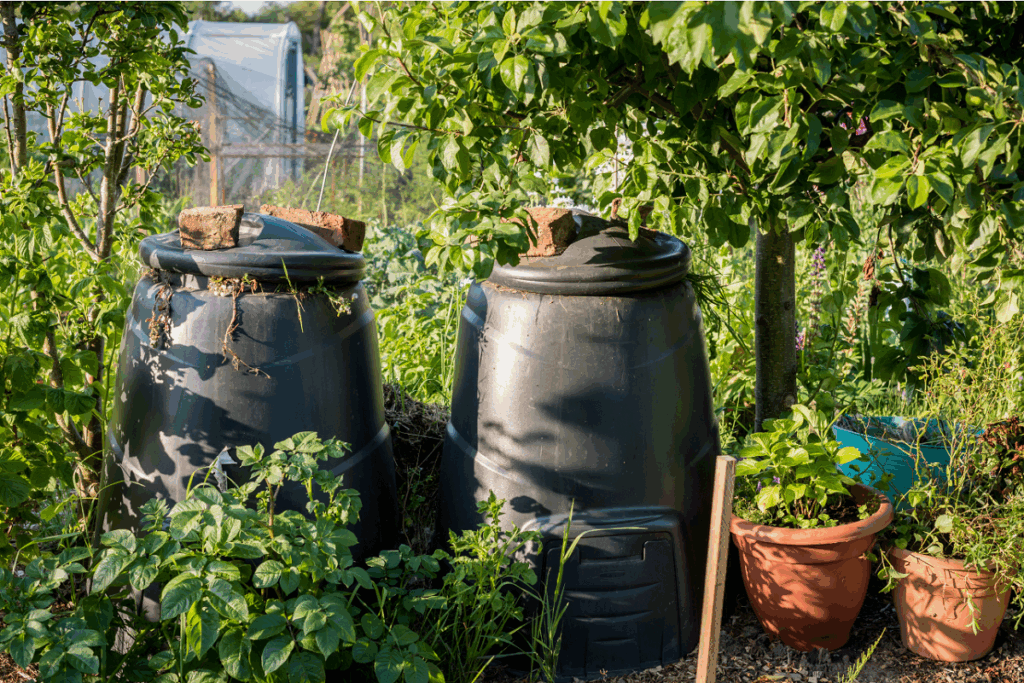

For this recipe you do need to have existing healthy compost (link to our ‘how to make compost’ guide), and there are a few benefits to using compost tea over simply using compost. The nutrients are delivered faster and absorbed more quickly by the plant so good for struggling plants, you can cover more area with less material which is useful if you only have a small amount of compost, and it can be gentler on young plants and seedlings. It doesn’t help with long term soil structure, or add organic matter to the soil or help with drainage so it is important to only use it as a supplement.
- Line a bucket with an old pillowcase (optional, but helps with straining later) and fill with water (ideally from a water butt) .
- Add 1 part fresh compost to 5-10 parts water (depending on how strong you want it) and stir well.
- Let it steep for 12-48 hours, stirring a couple of times a day.
- Strain into a watering can and use immediately (this is not one for storage).
- Use by pouring directly around the base of the plant or you can also spray onto leaves as a foliar spray to help reduce disease (don’t do this in direct sunlight).
Top tips
- Don’t over do it. Overfeeding can burn roots and disrupt nutrient balance. Feed every 4-6 weeks or as needed.
- If storing, store properly. Keep in airtight containers in a shed or shaded place and use within a month or so.
- Stir or shake before use. Ingredients may settle and you want to ensure an even nutrient blend.
- Test before widespread use. Watch for a week or so to see how the plants respond before using over the whole patch.
- Track what works. This will help you repeat your successes.
Troubleshooting guide
Yellowing Leaves. This usually indicates a nitrogen deficiency. Try adding more compost to the soil. (Materials high in nitrogen that you can add to your compost are coffee grounds, grass clippings and manure).
Poor Flowering or Fruiting. This may suggest a phosphorus shortage. Fish tank water, or compost rich in food scraps can help encourage better blooms and fruit development.
Weak Stems or Brown Leaf Edges. These are common signs of a potassium deficiency. Adding banana peels, seaweed or compost to the soil is a simple and effective way to boost potassium levels naturally.
